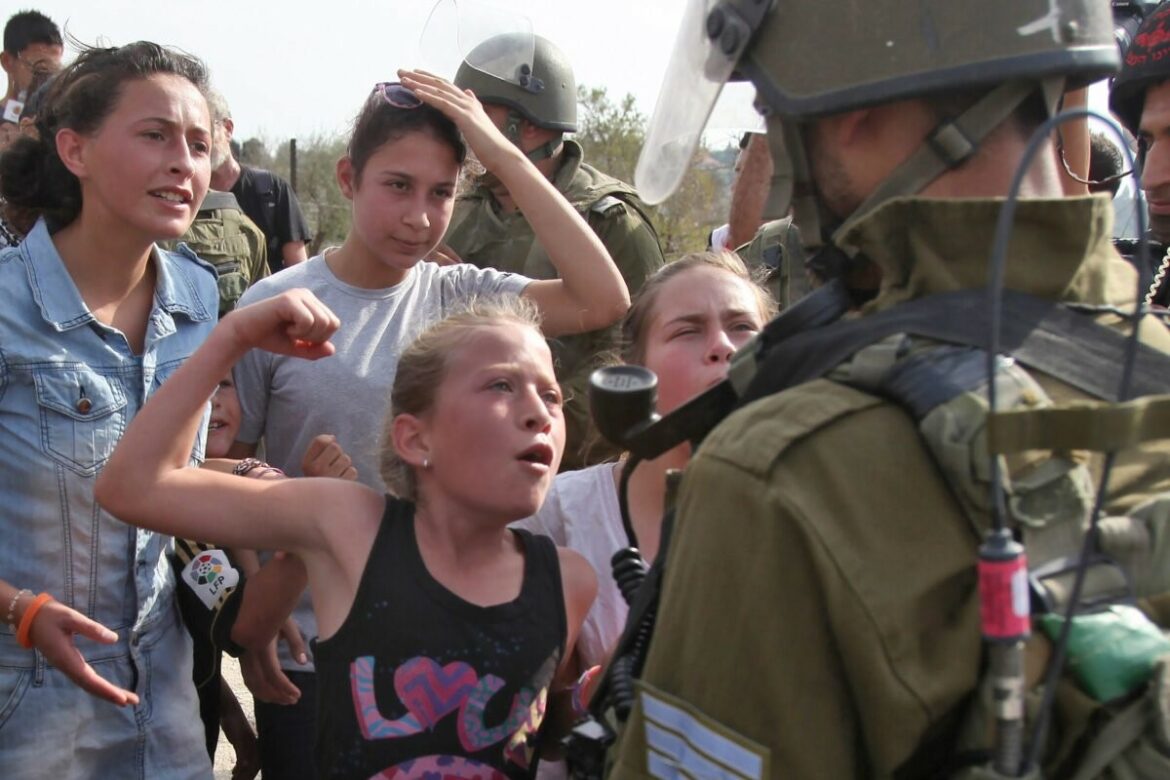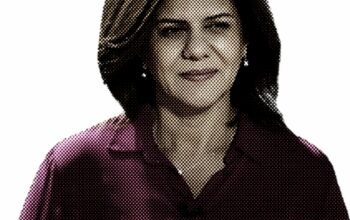“A picture is worth a thousand words”, a clliché term, but one that holds weight. However, without words to explain who, what, why or when, in relation to an image, the context can be misconstrued, manipulated and misinterpreted. A cornerstone of our society is the way that information is spread and consumed. Images are used as a way to tell stories, as evidence and to evoke an emotion in the audience. As of 2020, Google reports that there are approximately 28 billion photos and videos uploaded to the service every week, and more than 4 trillion photos were stored in the service total. We use images every day to make sense of what is going on around us, to explain, inform and help make decisions and opinions.
Images are more powerful than words, because turning words into images is easier for people to remember. Words can get the more comprehensive knowledge in detail, to produce creative and abstract ideas using words. The brain absorbs and synthesizes visual information faster than any other stimuli, making visual content an incredibly effective medium. Visual inputs generate emotions in us. Emotions, and how the brain processes them, make us feel, react and survive.
Disinformation campaigns aim to distract, confuse, manipulate and sow division, discord, and uncertainty in the community. This is a common strategy for highly polarised nations where socioeconomic inequalities, disenfranchisement and propaganda are prevalent. On a microlevel, an individual can conduct their own disinformation campaign by deliberately posting images attributing them to the wrong context. Such posts have the potential to pain thousands of likes, reposts, millions of views and even end up in the mainstream media as evidence supporting a news story. On February 24, 2022, Russia launched an invasion on Ukraine, making headlines across the globe with posts uploaded on all major social media platforms. An example is from one Facebook user, Antony Caputi.
The image shared claims to show Ukrainians praying outdoors in the snow, following the Russian attack on Ukraine.
Using reverse image search tools, the image is found on a 2019 article posted on the International Mission Board. The author of the article describes being called to prayer after violence broke out in Kharkov in March of 2014. Other Evangelical outlets shared the article in October 2019, giving the image credit as the original source. Therefore, it has been concluded that the image used in Caputi’s Facebook post does not show Ukrainians praying outdoors during the current Russia Ukraine conflict. Antony Caputi has deliberately used an incorrect image to spread disinformation.
In order to stop the spread of images being used for disinformation campaigns and fake news, Facebook, along with other social media platforms have adopted warning signs. Now, when clicking onto the Facebook post by Antony Capulti, of the “Ukrainians praying during the Russia invasion”, the following message comes up:

Social media also showed the imagine below of a “brave Ukrainian girl standing up to Russian soldiers”. The image was in fact Ahed Tamimi, a Palestinian activist. As she is white passing, the image received thousands of shares, with a video made on TikTok, reaching 13 million views and made likes. The video was filmed in December 2012, showing Ahed when she was eight years old, shouting and Israeli soldier in the West Bank. She was later arrested in 2017 after an altercation with Israeli soldiers when they refused to leave Nabi Salah. Similarly, Ahed’s image was taken out of context, used to paint a narrative about Russain forces.

The context is particularly significant it this example, as it exemplifies the double standards in the West’s response to a child confronting a solider. When the image was first released, Ahed was accused of being a ‘fake’ Palestinian, even an actor, due to her blonde hair. Now, the image used to portray the fake story in Ukraine received praise from many users. In order to combat the use of images being used to spread fake information or used alongside contexts which are incorrect, news outlets, such as Reuters News, have set up a fact-checking unit within its editorial department. The principal aim of this unit is to fact-check visual material and claims posted on social media. The fact checking producers in this unit report their findings on a section of the Reuters.com website.
Next time you see an image going viral on social media relating to the Russian invasion of Ukraine, you can take some precautions before resharing it. You can reverse image search yourself or consult a fact-checking resource, like Reuters. You can look for inconsistencies, for example, the image of Ahed is clearly in warmer, dry climate, one that would not correspond with the climate in Ukraine in February, which would be cold and snowy.
You can ask yourself some simple questions. Do you know where, when and why the photo or video was made? Do you know who made it, and whether what you’re looking at is the original version? Does the image make me angry or afraid? What story does this image paint? How does it make you feel? Think about the story it’s trying to paint. Does it seem credible? Is it believable or far-fetched? Don’t forget to review the text which gives the image context.
Meriam




